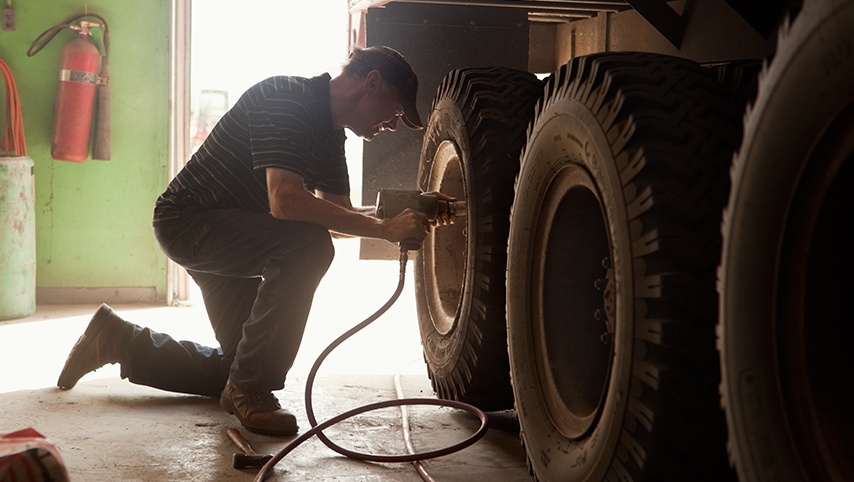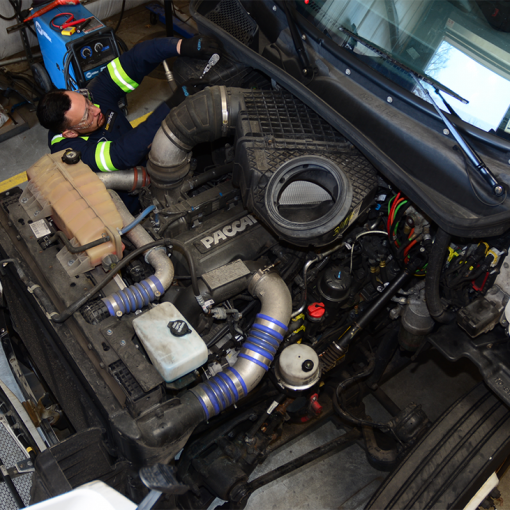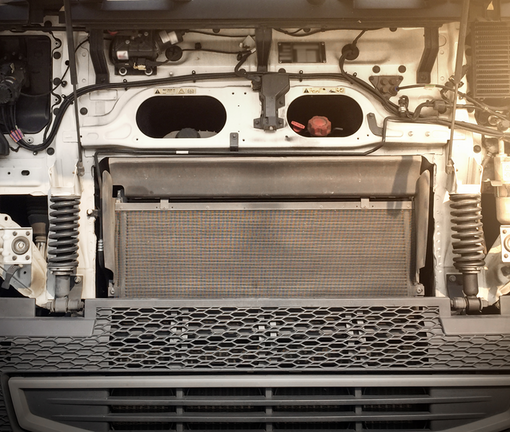Originally appeared in Fleet Owner
While supply chain issues have eased, most fleets are still operating vehicles beyond their normal life expectancies. Even if you have been able to return to normal trade cycles, maintenance and repair of those assets still represents a significant portion of your operating expenses.
Ways to manage trucking maintenance and repair costs.
- Understand you total maintenance and repair spend: In order to manage your spend, you first need to understand exactly what you are spending your maintenance and repair dollars on. VMRS codes will provide you with a wealth of data on where you are spending money on both parts and labor.
- Review maintenance and repair records: You need to do this on an asset-by-asset basis to determine which assets are consuming more of your maintenance and repair budget. Once you have identified those assets, you can slate them to be retired first.
- Look for trends and patterns: While you need to look at each asset individually, you also should spend some looking at repair trends. Are you seeing failures with certain components? Is one brand of a part outperforming another? Is there a pattern of comebacks for certain types of repairs. Looking at trends and patterns allows you to take corrective action.
- Review preventive maintenance schedules: Reevaluate PM schedules for all your assets using manufacturer recommendations as a starting point. Take into consideration duty cycles, age of the vehicle, etc. Also make sure you are tracking PM compliance. Bringing trucks in for their scheduled maintenance service will allow you to find developing problems and fix them before they result in more costly on-road breakdown.
- Evaluate parts usage: You may want to move to a good-better-best model when it comes to replacement parts. For assets you plan to replace soon, consider moving to a less expensive all-makes part, for example.
- Consider working with an outside service provider: Because they are buying larger quantities of parts, outside service providers often can purchase parts more economically than a fleet can. They also may have more resources to invest in tooling and equipment needed to work on today’s more sophisticated trucks as well as to invest in technician training.
Gaining an in-depth understanding of what you spend on maintenance and repair will allow you to make changes to gain better control over it and keep your trucks on the road and operating safely.




